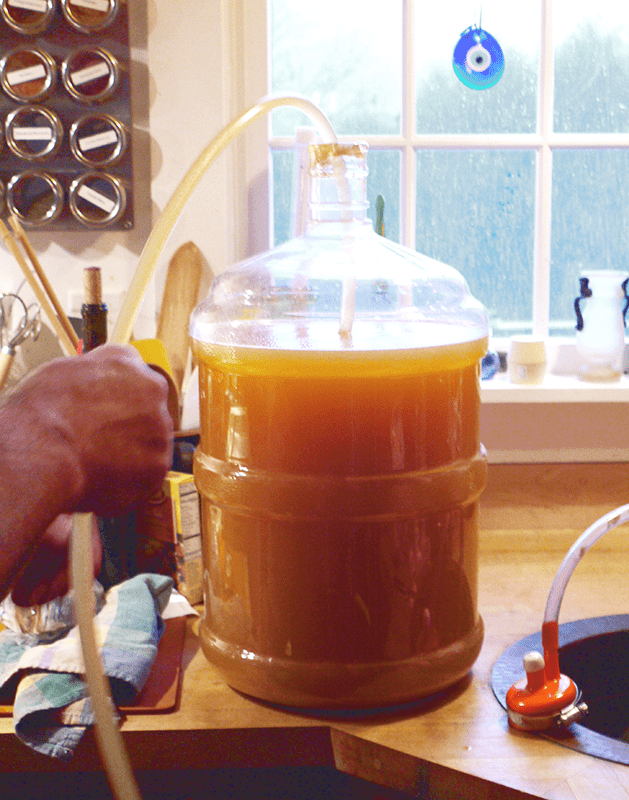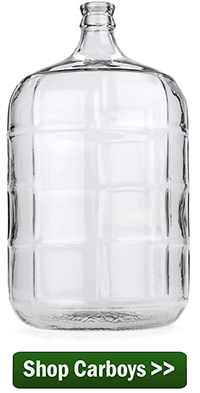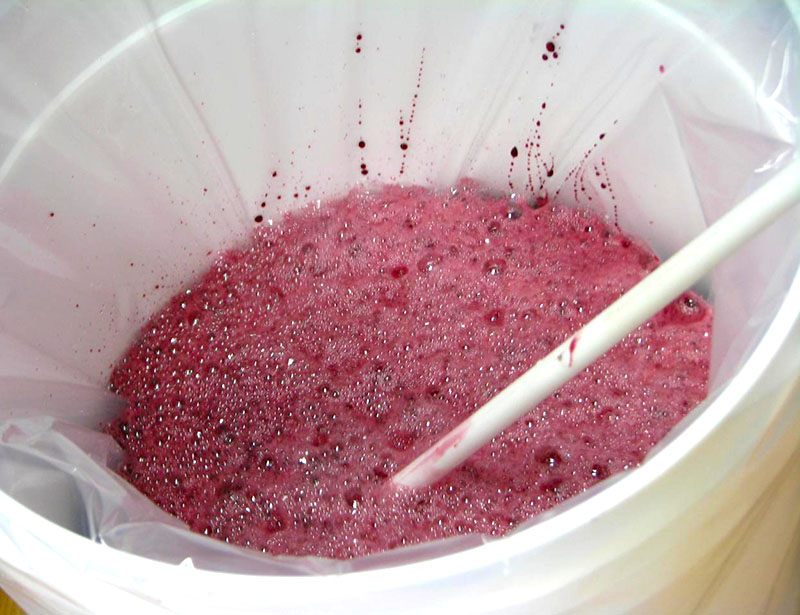 Your newsletter states that using distilled water for making wine is not recommended but what about tap water filtered via reverse osmosis? Can I use reverse osmosis water for wine making?
Your newsletter states that using distilled water for making wine is not recommended but what about tap water filtered via reverse osmosis? Can I use reverse osmosis water for wine making?
Thank You
John
____
Hello John,
You are correct. We do not recommend using distilled water. Not only does the distilling process remove valuable, free oxygen from the water, but it also removes all the minerals. Both are much-needed commodities for the yeast during a fermentation. If either are missing, it can lead to a sluggish or stuck fermentation.
Likewise, we do not recommend using reverse osmosis water for wine making, either. While the free oxygen does remain in the water through osmosis filtering process, critical minerals are still being removed. Magnesium sulfate can be added back to the water in an attempt to restore it for fermentation, but this is more or less putting a band-aid on the issue.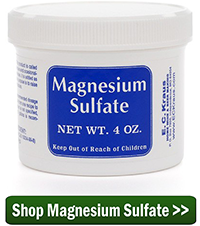
Your better option would be to purchase bottled drinking water. These bottled drinking water typically will either have the original, natural minerals in them, or the water has been completely purified and then had an optimal blend of minerals added back. Either way, this would be a better option than using distilled or reverse osmosis water in wine making.
It is also important to note that while free oxygen in the water is good for the fermentation, it is bad for the wine once the fermentation has completed. Having free oxygen in the wine after the fermentation can lead to oxidation or browning of the wine.
Fortunately, most all of the oxygen that is in the must before fermentation is either consumed by the yeast or quickly driven out by the CO2 gas from the fermentation. So, while we do recommend using water that is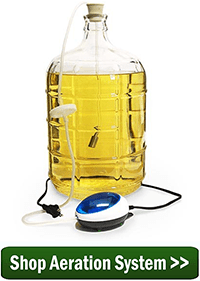 saturated in oxygen before the fermentation, after the fermentation, we recommend using distilled water for making any necessary adjustments or for topping-up after the fermentation.
saturated in oxygen before the fermentation, after the fermentation, we recommend using distilled water for making any necessary adjustments or for topping-up after the fermentation.
To sum it up, using reverse osmosis water for wine making is really not ideal, essentially because of that lack of trace minerals that are removed in the process. You would be better served in most cases by using tap water over reverse osmosis or maybe even bottle drinking water, if you are so inclined.
Happy Wine Making,
Ed Kraus
—–
Ed Kraus is a 3rd generation home brewer/winemaker and has been an owner of E. C. Kraus since 1999. He has been helping individuals make better wine and beer for over 25 years.

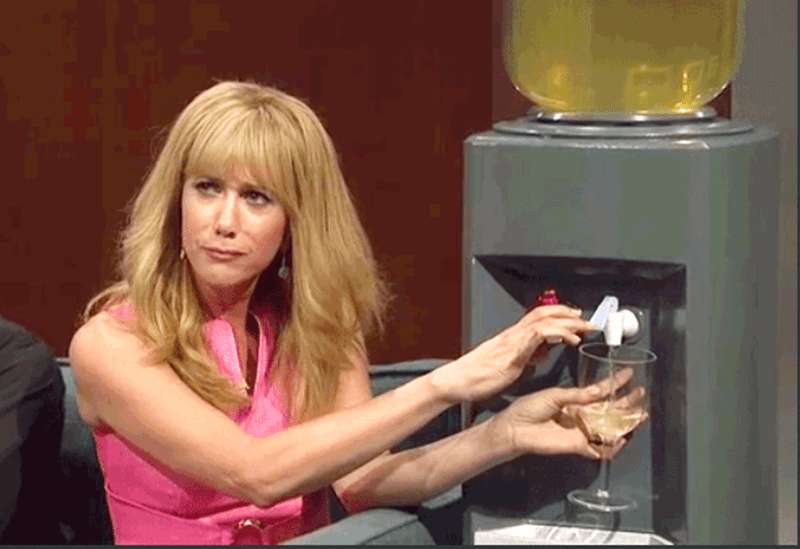


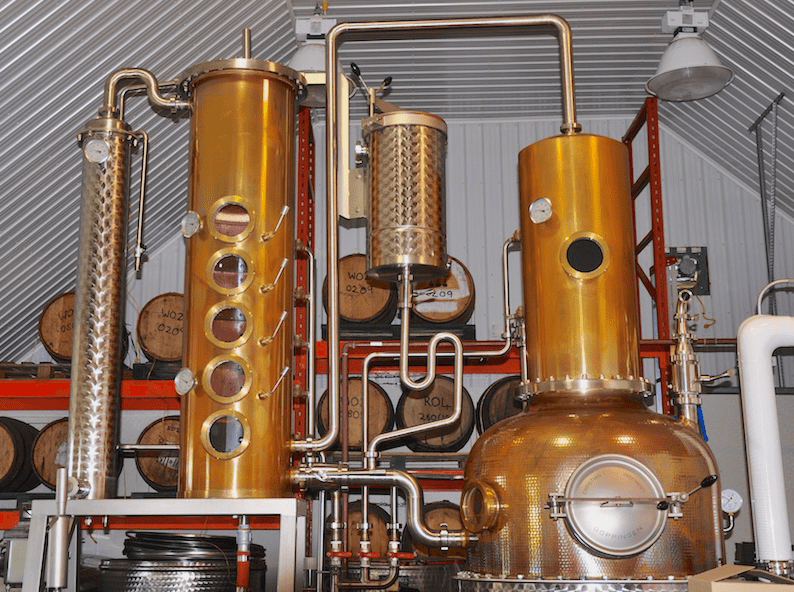


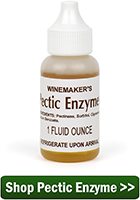
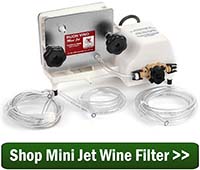
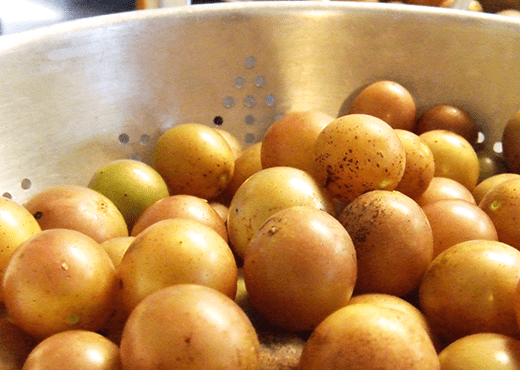
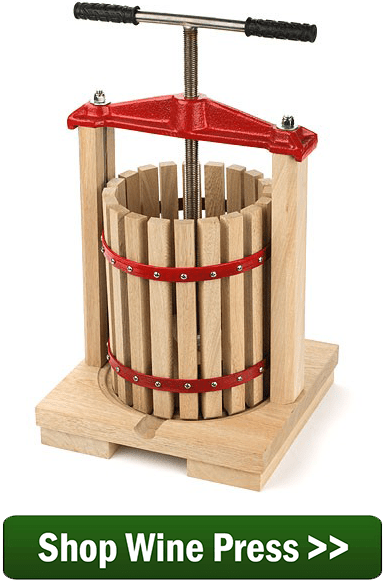

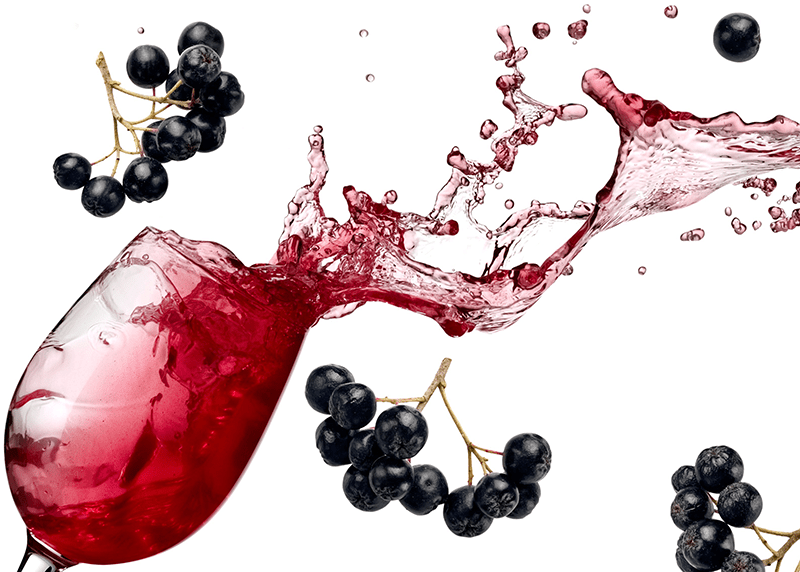
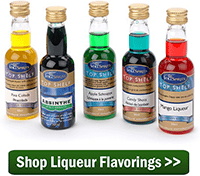
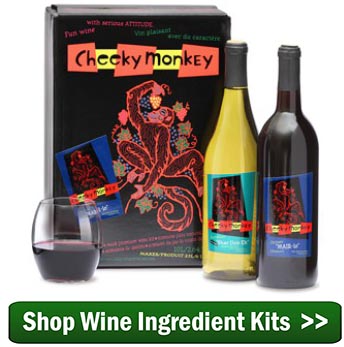
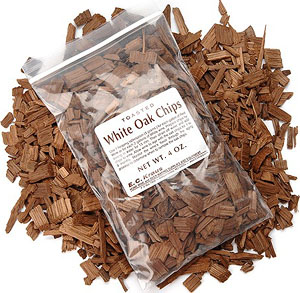
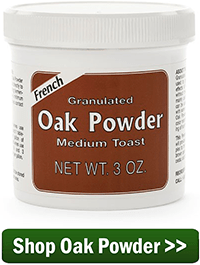
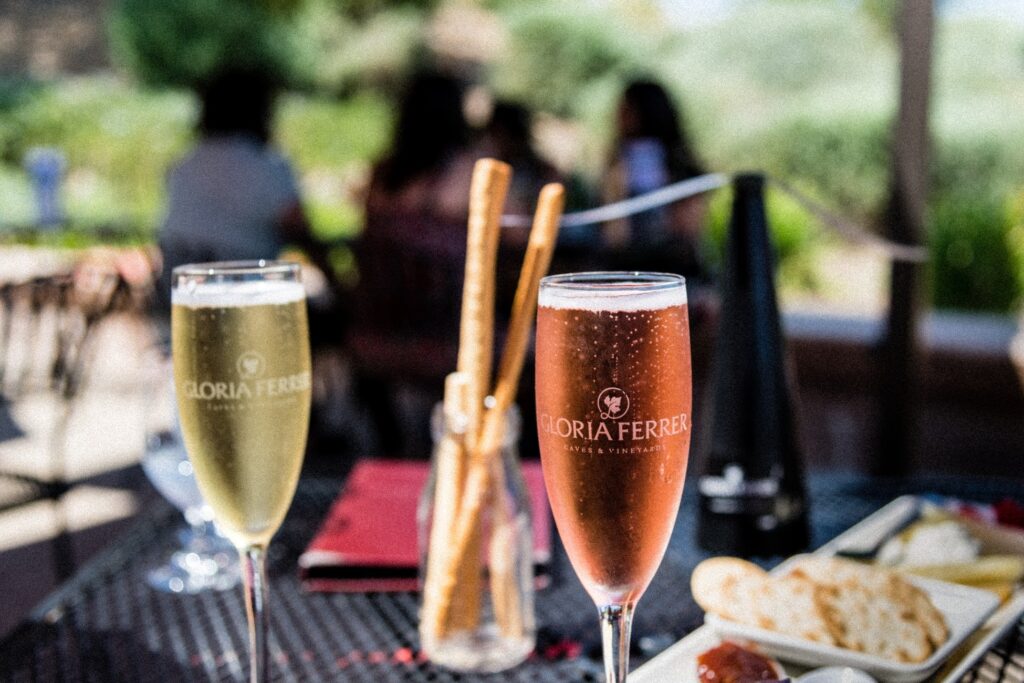 It’s summer time! What better way to celebrate warm weather than with a
It’s summer time! What better way to celebrate warm weather than with a 